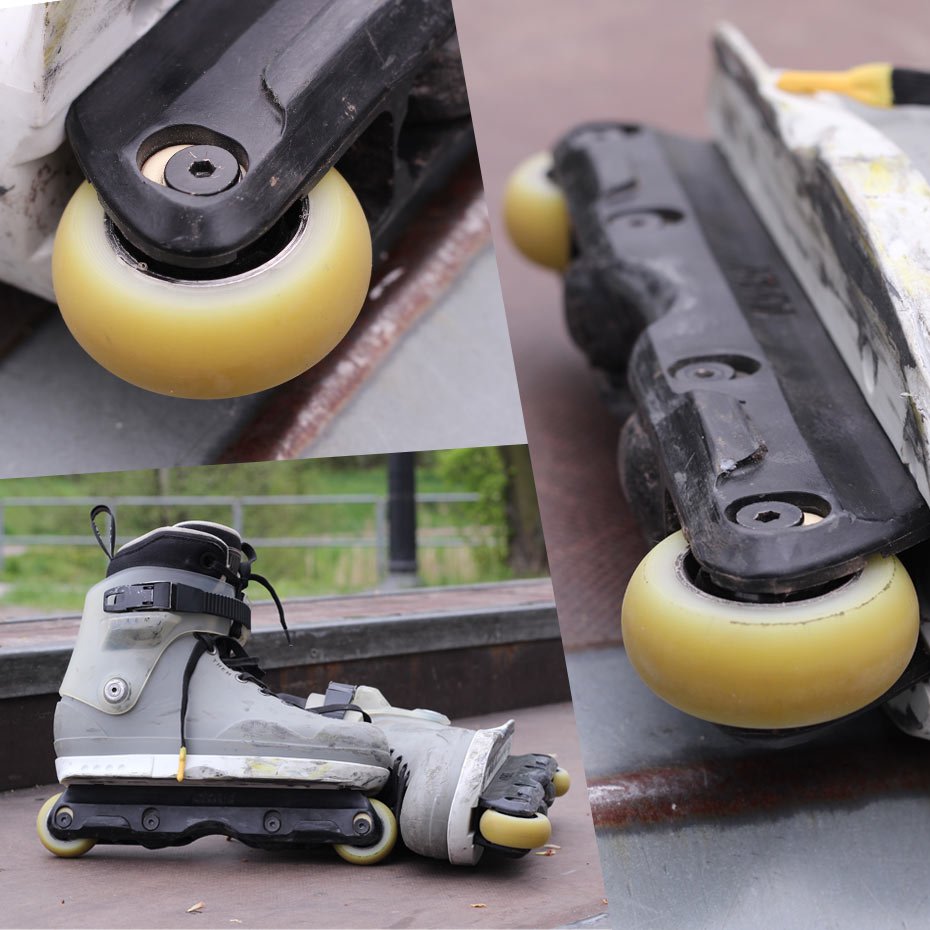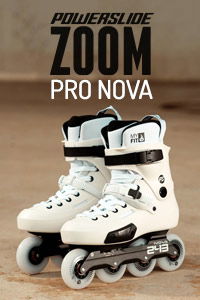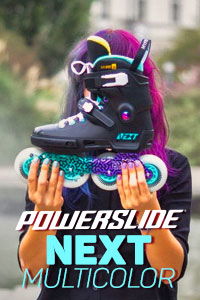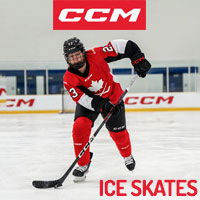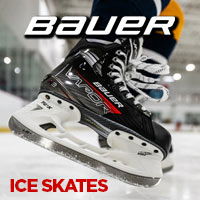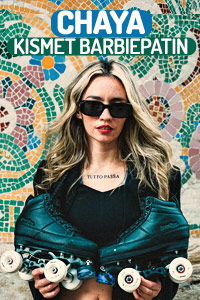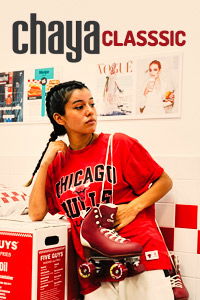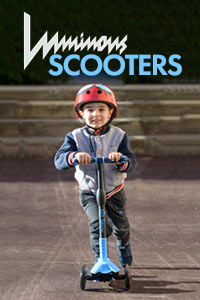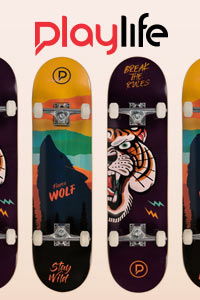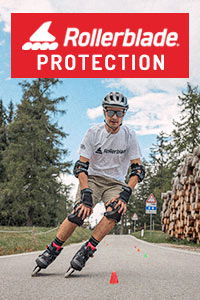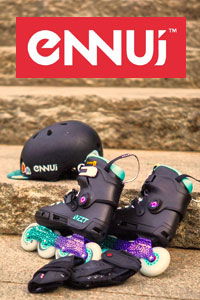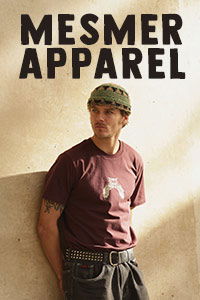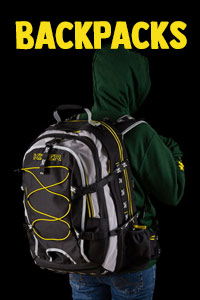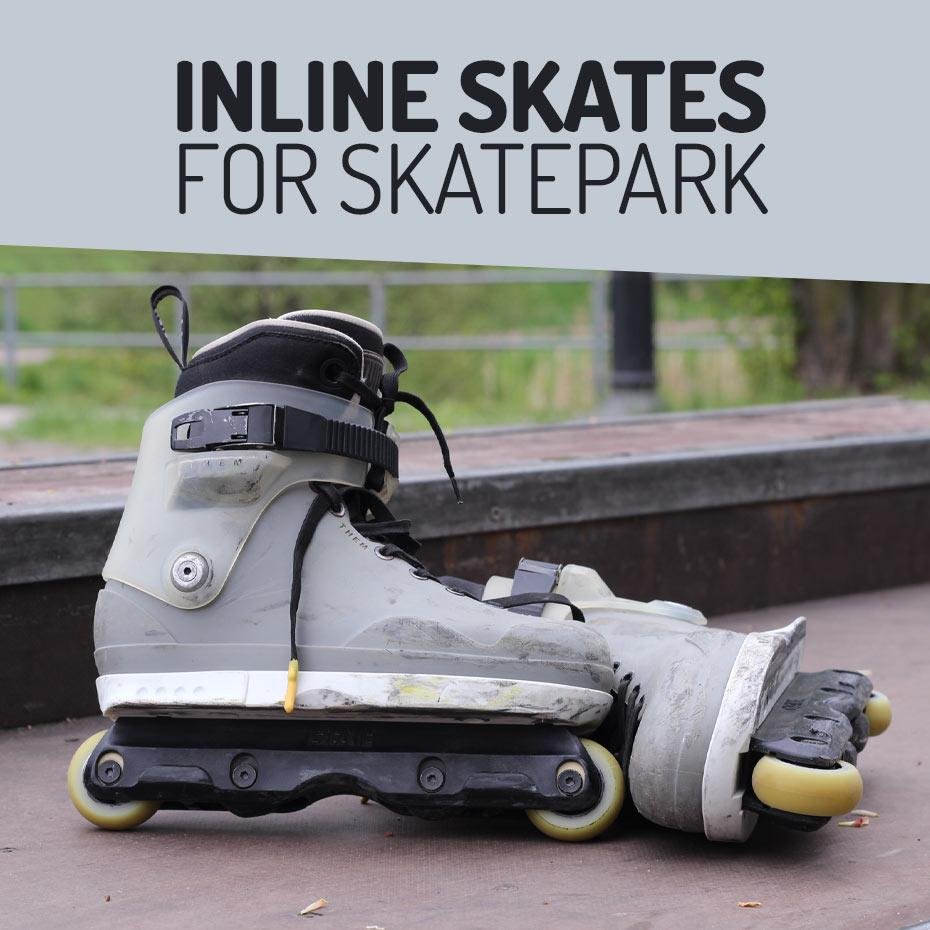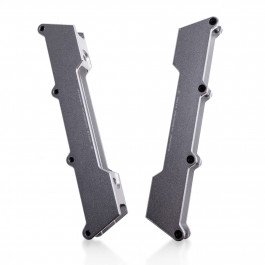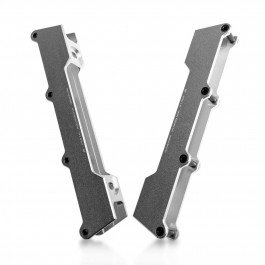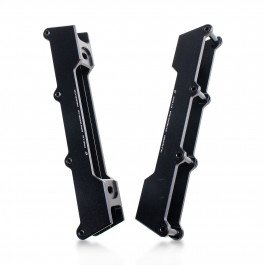During winter, we are limited to skating indoors at facilities such as skate parks. For many of us, skate park skating is quite distinct from street skating, as the smooth surfaces and proper transitions make it much easier for both novice and experienced skaters to learn new tricks. The skate park serves as a training ground before hitting the streets, but regardless of the location, selecting the right equipment is crucial to fully enjoy the sport. In this blog post, we will delve deeper into the selection of optimal parts for park skating and inspire you to create a specialized setup for your skate park adventures.
We need soft wheels!
The choice of wheels is crucial, and it's essential to consider the hardness of the model you select. While the size and profile depend on individual style, standard 90a and 92a wheels can be rather clumsy on wooden plywood, lacking the necessary grip for quick turns on a quarter or transitions. To gain better control and manoeuvrability, especially when using transitions, we recommend opting for softer wheels with a 88a hardness rating. For those who prefer an anti-rocker setup, larger diameter wheels (60 mm or 62 mm) with a 88a hardness rating can add more speed. Some excellent skate park wheel options for an anti-rocker setup include Korey Waikiki's Red Eye, 50/50 Team, and Franky Morales' signature wheels from Gawds.
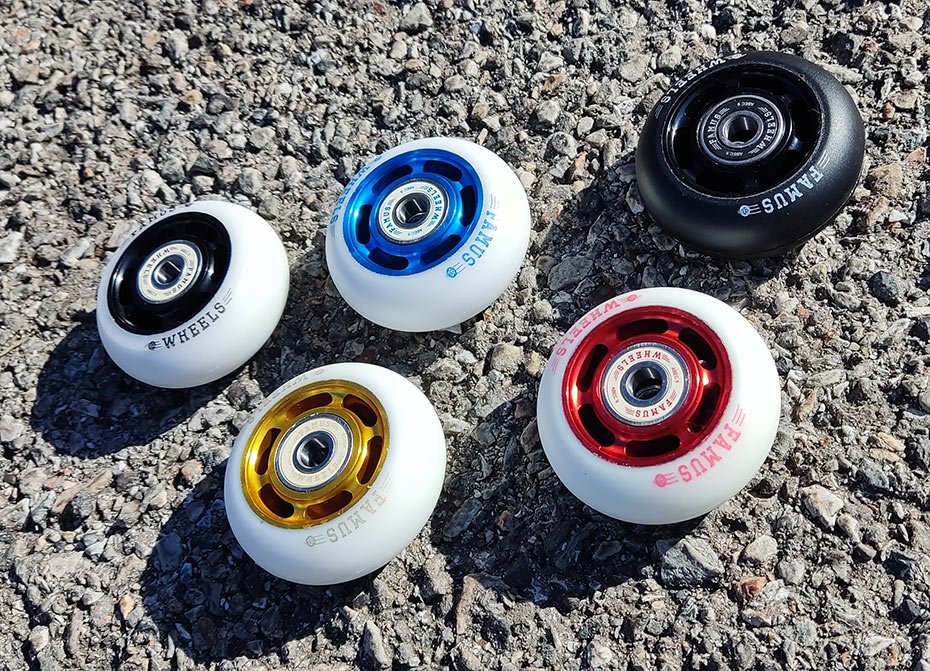
For those who prefer a flat setup with eight wheels, it's advisable to choose slightly smaller wheel sizes, ranging from 56 mm to 58 mm. However, when it comes to wheel hardness, it's recommended to select a 88a rating only for the outer wheels, while the centre ones should be harder, ranging from 92a to 95a, simply for easier grinds. A popular and ideal choice for skate park wheels in a flat setup are Dead Wheels, which offers different hardness options while maintaining the same shape, making it easier to choose the perfect match.
However, while soft wheels provide a great grip, they also make cess slide tricks considerably more challenging. If you enjoy these types of stunts, you might want to consider wheels with a smaller diameter of 55 mm and a completely flat profile, such as the Red Eye Michael Witzemann, Undercover Team 55, or the affordable USD Team 55 mm. The smaller size of these wheels ensures they are almost completely hidden in the frame, eliminating the risk of wheel bites during smooth slides.
Aluminium versus plastic
Manufacturers are increasingly utilizing aluminium solutions, with top park skater Joe Atkinson leading the charge by using aluminium soul plates, frames, and wheels. This trend is catching the attention of the skating world, highlighting the enormous potential of aluminium components. For instance, Sola or Ground Control HD frames are incredibly stiff, providing a solid speed boost, particularly when skating in the skate park and tackling ramps. Moreover, aluminium frames offer smoother grinds on metal coping or galvanized skate park square angles. Even with a minimal amount of wax, frames such as the Kizer Element II are considerably faster on tricks compared to their plastic counterparts. Additionally, aluminium frames boast noticeably thinner side walls, providing more space for soul plates, which is especially beneficial for beginners.
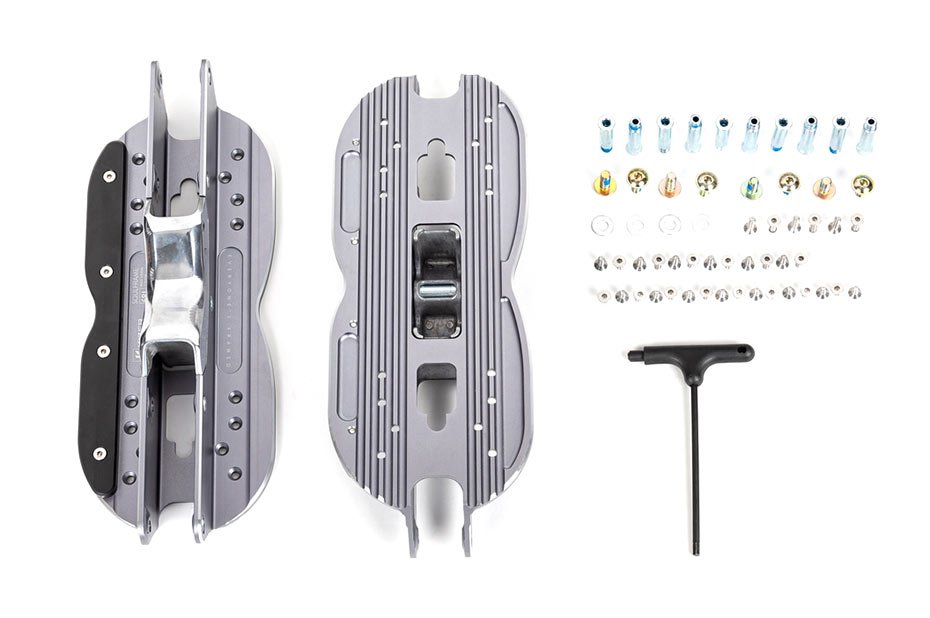
An unconventional and exciting option for skate park enthusiasts is Kizer's innovative aluminium soul frame. This soulplate-integrated frame is compatible with most flat-bottom shells, including classic Salomon skates, and closely resembles Joe Atkinson's current setup. Furthermore, by disregarding the UFS standard, the frame's shape and wide centre wheel spacing are reminiscent of the USD Aeon skates, making it a desirable option for many skaters. However, it is important to note that this is not an universal solution, and the aluminium soul plate may not work well on traditional concrete curbs and will significantly impact the weight of the entire setup. Nevertheless, trying it out at least once will provide an exhilarating experience of how fast our skates can be, not only while rolling but also during grinds on a coping.
Moving forward, let's delve into the realm of aluminium-core aggressive skating wheels. These wheels, which are represented on the market today by the likes of the Undercover Apex series and the expansive Famus brand collection, are the perfect recipe for elevating your level in the skate park game, especially when it comes to skating big ramps. After all, Toto Ghali, the Swiss pioneer of aggressive skating, whose speciality was vert half-pipe, is behind the Famus brand. The aluminium core in these wheels is all about speed. Even with anti-rocker setups, aluminium-core wheels make it easier to maintain high speeds with minimal physical effort. While the urethane used in these wheels will wear out quickly when used on streets, it can last for more than one season when used only on ideal surfaces.
However, some may wonder why other brands don't follow in the footsteps of Famus or Undercover and expand their offerings to include wheels with an aluminium core? As with any innovation, there are drawbacks. The high stiffness offered by aluminium products will significantly increase our performance, but it will also noticeably affect the lack of cushioning when landing bigger gaps. Older skaters may feel this after just a few days, as all the impact and overload will no longer be absorbed as “softly” throughout the skate, but will have to be absorbed by our joints or knees. Of course, this isn't as disruptive during park skating, where we rarely land on completely flat surfaces, but it can effectively discourage us from using them for everyday street sessions. Therefore, it's important to understand that aluminium-core aggressive skating wheels have been designed with the skate park in mind, and it is in these conditions that they will perform best.
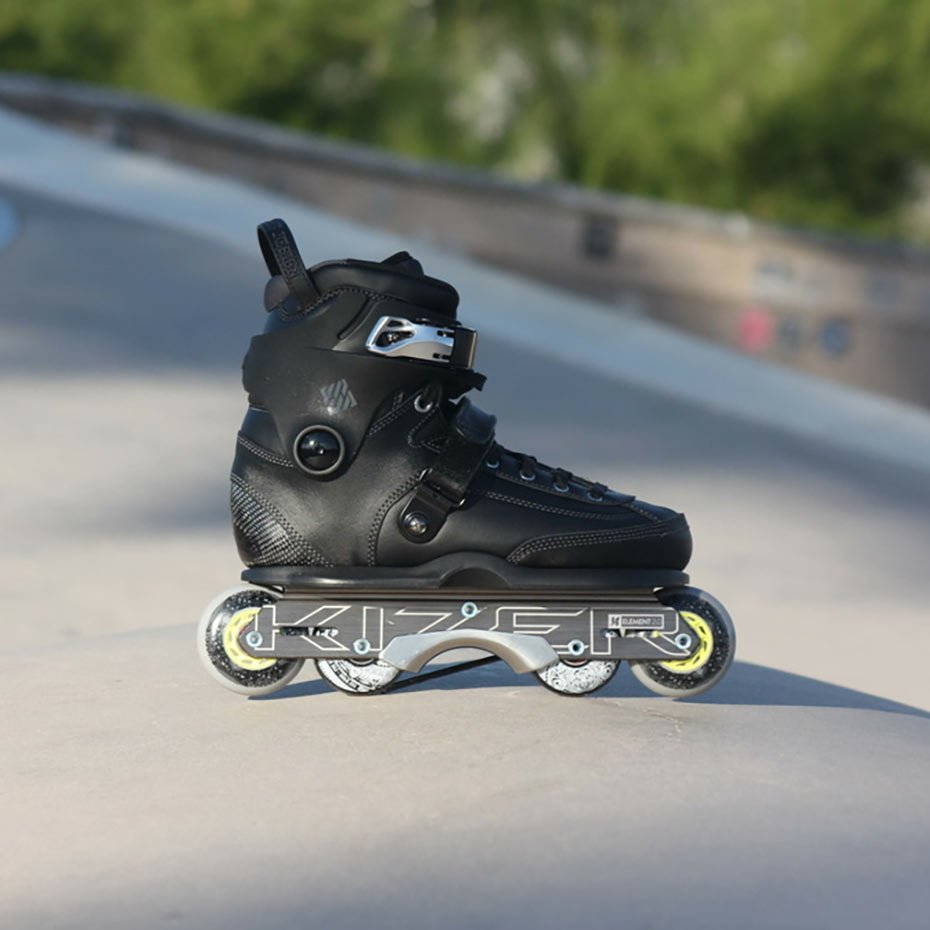
Suspension frames
One of the most exciting and innovative products for aggressive inline skaters in recent years has been the introduction of suspension frames. Unfortunately, the availability of such equipment is currently limited, as there are only a few options on the market. However, the few products that are available are truly impressive, as they offer a unique and exciting experience for skaters.
The Create Originals CRS is one such product, featuring metal frame spacers set on rubber pads that allow for considerable movement in the up-and-down direction. This gives the suspension a soft and smooth feeling from the first push off, making it easier to turn quickly. While acceleration may be a little slower than with other frames, maintaining speed is significantly easier. With just a slight bend in the knees and a small boost, the suspension can be felt, returning all the energy you put in and adding noticeable acceleration. This is particularly important while skating banks or quarter pipes, where the suspension can really pump up the speed.
While the Create Originals CRS has been a groundbreaking product, it is not the only option available. Kizer has also introduced a suspension system, which was showcased at recent Winterclash event. While not yet available for purchase, this new product promises to be a great addition to the market, giving even more skaters the chance to experience the fun and excitement of suspension frames.
The key advantage of using suspension on aggressive frames is the significant shock absorption it provides, which allows for the use of very hard wheels. As previously mentioned, hard wheels on standard frames can slip on good surfaces. However, a suspension frame solves this problem by providing the right level of “springiness”, making it easier to land bigger jumps without discomfort. Additionally, this is the perfect solution for those using aluminium core wheels, which can be quite strenuous on the knees when used with standard frames. Combining a suspension frame with wheels like the Undercover Apex or Famus can offer a completely new experience in aggressive skating, making it difficult to go back to a standard setup.
Does a dedicated setup for a skate park make sense?
There are various ways to improve your skate park experience, but they often fall short in other skating scenarios. For instance, inline skates used for sliding down handrails or “scratching” ledges on a regular basis may not give the same feeling as when using them on a perfect grind box. Therefore, it makes sense to create a specialized setup dedicated solely to the skate park, which will allow you to exploit the available obstacles and reach your full potential. Constantly changing equipment, including switching frames and wheels, can be tedious and not as exciting. Having two sets of frames with the right wheels can make a huge difference in your session. Although it may require an extra financial investment, dedicated skate park equipment will not wear out as quickly as equipment used on the street.
To give you an example, here is Basza's skate park setup, which he spent last winter on at Katowice's Skate in Park.
“The basis of my setup for the wooden skate parks is Themskates 909 boot with a lowered cuff for more freedom with topside tricks. Themskates soul plate version 3.0 to make longer grinds a bit easier, and an extra Myfit Recall insole inside, which works perfectly with the Intuition liner. The chassis of these skates are my favourite CRS suspension frames, in an anti rocker setup (the rubber frame spacer of the outer wheels are 80a and the middle ones are 100a). Personally, at a skate park I focus mostly on technical grinds over small obstacles, so I chose the anti rocker setup for more freedom in switch ups. However, in order to gain a bit of speed and not have the familiar four-wheel slush, my choice of wheels was the Undercover Apex 60 mm 88a. The metal core, superbly cushioned by the suspension, doesn't strain my knees at all, and the ultra-grippy UHR urethane allows for stress-free rolling on very slippery plywood at Skate in Park. Highly recommended!”
